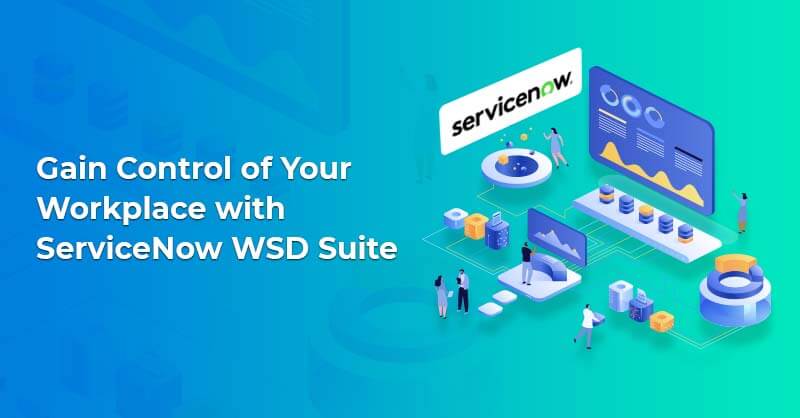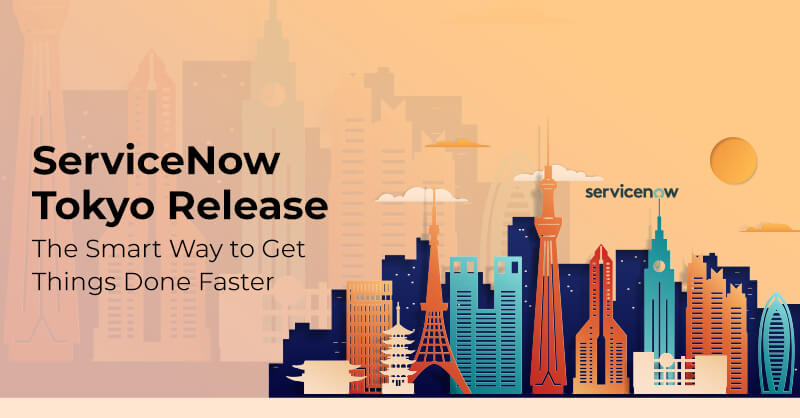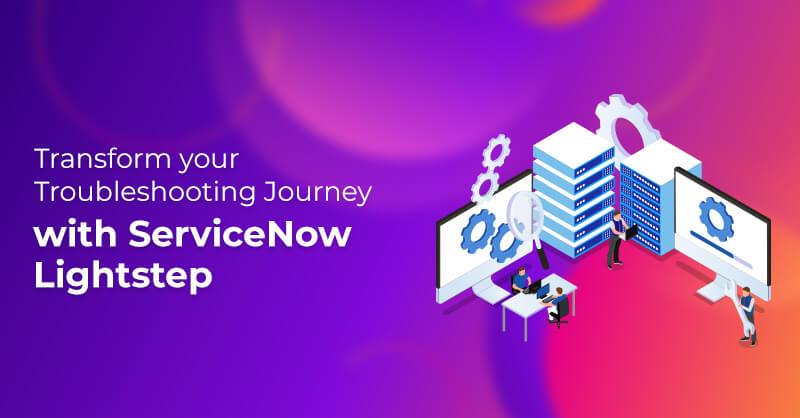The Changing Face Of GRC In The Digital Age
Written by Gaurav Mittal
Senior Software Engineer at Royal Cyber
Governance, Risk, and Compliance (GRC) is an organization’s strategy to manage risks. Companies that have digitally transformed their GRC processes have enhanced their decision-making abilities and reduced unnecessary costs.
The digital transformation age is here and changing the way we work and live. Organizations need to be agile and embrace digital technologies to open new opportunities for growth.
As organizations shift to digital transformation, the scope of risks within the purview of GRC also increases by manifold. Due to increase in the number of new and emerging risks, organizations face a lot of uncertainty in today’s environment. According to a recent report by KPMG, more than half of senior-level executives think that risk and compliance will be a top challenge for organizations in the next few years. 69% of the senior-level executives interviewed agreed that their companies existing policies aren't geared to meet future needs. The risks that most organizations face now are operational risk, IT risk, third-party risk, policy management risk, compliance management risk, audit management risk, and much more. Businesses need to transform their GRC programs to handle risks, realize savings, and improve performance. They also need to build a comprehensive risk management plan and strategy to make informed decisions and address risks before they arrive. Risk management plan and strategy reduces risk aversion and opportunity costs. It must be shared with all the stakeholders to involve them in the process.
It is also a known fact that data breaches accompany risks. Under the California Consumer Privacy Act (CCPA), data breaches come with steep fines and reputational risks. Organizations must rethink, revamp, and re-architect their existing GRC programs or deploy modern GRC solutions to handle data breaches and adjust to the new regulatory and changing customer needs.
GRC in the Digital Age
Given the increase in the number of risks and inadequacies of the existing GRC solutions, organizations cannot achieve superior business outcomes. Organizations need a GRC solution that can align with the changing environment and is adaptive to future challenges. A logically integrated solution that can perform policy and compliance, risk, audit, and vendor risk management can answer many issues that an organization faces. Such a solution must follow the following principles to be ready for the digital age:Actively engage employees to make decisions
Organizations should actively engage and communicate with employees and motivate them to contribute and make decisions. Active engagement with employees helps organizations get timely insights into organizational risks. The employees can also participate in the implementation of the GRC framework. They must be empowered to voice their views and inform the organization regarding potential breaches, system loopholes, and incidents that they come across during the implementation.
Know the internal and external factors
The organization must proactively find out the internal and external factors impacting them and take timely action. The GRC framework implemented in the organization should also be designed in a way that it takes inputs from various sources and gives meaningful metrics that can help in decision-making. The correlation between the internal and external factors help the management in monitoring and managing risks in a better and efficient manner.
Embed technology across the organization
Traditionally GRC tools were used as a quick resolution to data breaches and issues in the organization. However, with changes in the business environment, technology must connect the dots on risks in a manner never done before. Leading organizations have adopted this opportunity to invest in new technologies and enable GRC transformation to improve processes associated with managing operational risk, IT risk, third-party risk, policy management, compliance management, audit management, and much more. The technology used in the GRC processes has helped organizations automate and standardize processes, quickly analyze risk-driven factors, escalate to a different level of the organization, and maintain a holistic view of risks.
Analyze past events
Organizations must proactively analyze past incidents and come up with a list of events that might cause future issues. They must put in place GRC solutions that can immediately track, stop, or terminate the processes that cause problems before it happens. To enable this, companies must study their systems or processes carefully and proactively decide which ones need to be tracked all the time. This risk management plan will reduce the cost implications of the breaches or issues that might occur in the future. According to a survey done by IDC, 65% of organizations said their legal departments play a significant part in risk management.
How to Identify and Implement the Right GRC Solution
While risks have highly evolved, the approach the businesses use to manage them is still traditional. The traditional risk model, which doesn’t use emerging technologies, does not address today's realities. Risk management isn’t just about data breaches, cyber risks, etc. It’s about people, processes, systems, culture, and surroundings. Organizations become smart when they align their risk functions with their digital strategy and respond with agility.To identify the right GRC solution, you must keep in mind the following things. The GRC solutions must:
- Continually monitor your organization’s risks. The solution must understand and prioritize the areas which are most important for the success of your business
- Understand the new threats in your organization’s landscape
- Understand how introduction and use of various technologies in the system can change the fabric of your business and can introduce unknown risks
- Recognize that with the change in the business architecture, new areas will be introduced, which will present unknown risks
- Know that the threats can be both external and internal
Royal Cyber is at the forefront of helping clients on their GRC and digital transformation journeys. We can digitally transform enterprises at scale using our ServiceNow capability and give you the confidence to identify threats, respond to attacks, protect data privacy, and manage risks effectively. We can help you shape a strategic response to each of the risks identified and put a focused plan in place to enable you to achieve growth in future. Our specialists use ServiceNow risk solutions to transform inefficient processes and data silos and advise you on improving risk-based decision-making and increasing performance across the organization.



